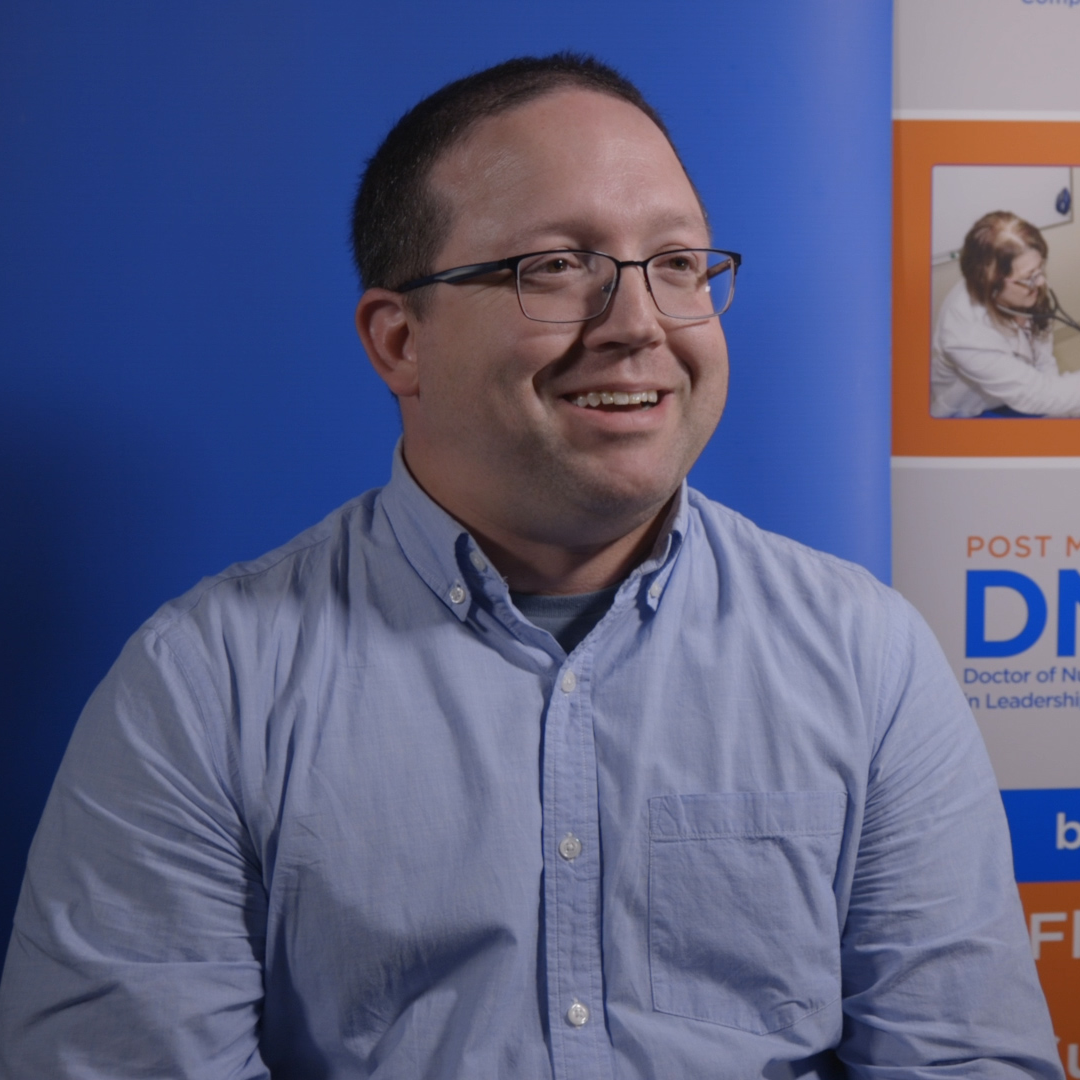Clinical rotations play a crucial role in nursing education. Students interact with patients, train on the job with their mentoring practitioner (known as their preceptor) and practice hands-on skills to apply theoretical knowledge they’ve learned in the classroom.
For both its pre-licensure and nurse practitioner programs, the School of Nursing has a dedicated team of faculty and staff coordinating students’ clinical placements.

Second-year adult gerontology nurse practitioner student Nick Crusius “can’t imagine” handling the requirements without them.
Each program has a clinical coordinator who sends email reminders, helps students find placement locations and coordinates contract logistics between preceptors, Boise State and the Idaho State Board of Nursing.
Crusius is a registered nurse from Astoria, Oregon, and for many out-of-state students like him, having a clinical coordinator is critical to navigating the legalities of placements.
“I don’t know how we would do it,” Crusius said. “It would be very difficult otherwise.”
Crusius started his first clinical rotation this past spring semester under Anisa Richardson, a doctor who holds various positions. She spends three days in a family practice clinic, half a day in a rehabilitation clinic for opioid abuse and another half day as the medical director for a local hospice program.
Because Richardson’s work settings – and consequently, Crusius’ – were so diverse, Crusius was exposed to a wide variety of responsibilities. On a typical day, Crusius assessed patients on his own before his preceptor went in to see them. Then he would suggest a plan of care, and he and Richardson discussed all the options together.
“If I had any issues when I went in, we would talk about it later on, too,” he said. “That way it helped me learn.”
A host of benefits
Sometimes topics brought up in class coincided with material Crusius and his preceptor had already covered during a rotation. Crusius was able to recall and discuss it in detail, which excited him. He realized, “I’m not just learning [material], I’m retaining it, and now here I am applying it.”
Aside from his array of responsibilities, one of the best parts about his clinical placement was time spent with patients. With twenty years of nursing experience, Crusius has held some jobs where he didn’t have time to get to know the people he cared for.
His placement this past spring allowed him to not only get to know his patients, but also watch their growth.
He met some amazing people, from a lady who hid her husband from the Nazis during World War II to middle-aged adults transitioning to productive members of the community after recovering from drug abuse.
“When you see these people who are trying to turn their lives around and really have a grasp on it,” Crusius said, it “actually feels incredible to my soul.”
Even though his clinical rotation required a demanding schedule, Crusius looks forward to future placements and furthering his education. “I still love getting lost in the science of what we do,” he said. “It’s constantly changing and so that’s appealing to me.”
But more than anything, he’s excited about future opportunities to help people. To Crusius, it’s essential to ask: “How can we make you better, and if you’re not going to get better, how can we make you more comfortable? That’s really important to me, too.”